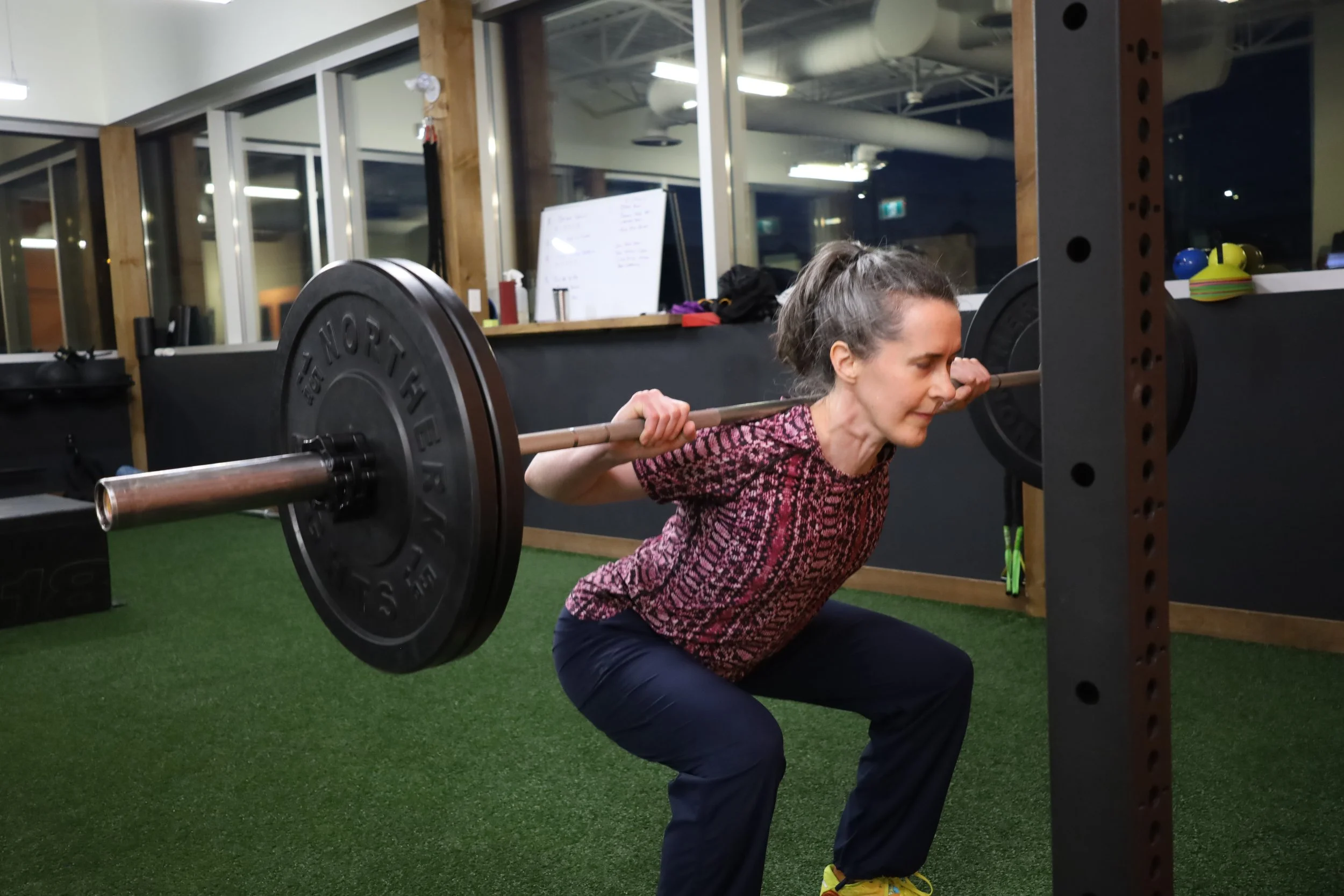How to Maximize Gains From Your Training Plan
Let’s face it — anyone showing up to the gym or their personal pain cave has a goal in mind. Whether it’s building muscle, running faster, or simply staying healthy, achieving that goal requires more than just showing up.
We’re lucky that many of our clients consistently hit their goals. That said, those who struggle to make progress usually run into one (or more) of the following four issues:
1. Lack of a Structured Training Plan
Many people fall into one of these three categories:
Following a friend’s plan: Your friend’s program may be great for their goals, but not yours. A powerlifter and a soccer player have drastically different training needs.
Following a generic influencer program: Just because someone looks fit or is popular online doesn’t mean their program is right for you.
Training randomly without a plan: While you might get a “good workout,” you're unlikely to make long-term progress or track measurable improvements.
What to Do Instead
Define your goal clearly. Then, either research a program that aligns with it or find a coach who can help tailor one specifically for you.
2. Not Applying Progressive Overload
Even with a solid training plan, many people stall because they’re not progressively overloading their training. Common signs include:
“I didn’t know if I should increase the weight.”
“It felt easy, so I just added an extra set.”
Why This Matters
Progressive overload means consistently increasing the challenge — either by lifting more weight, adding reps, or increasing intensity — in a structured way over time.
Tools like RPE (Rate of Perceived Exertion) and RIR (Reps in Reserve) help measure effort. If these terms are new to you, take some time to learn them — they’re essential for maximizing progress, especially if you're training independently.
3. Not Eating Enough
You’re training hard and applying progressive overload — but are you fueling your body properly?
A common issue is under-eating, which places your body in a catabolic (breakdown) state. To build strength or muscle, you need to be in an anabolic (build-up) state, which often requires a caloric surplus and adequate protein intake.
Where to Start
We won’t go deep into BMR, TEF, or macronutrients here, but if you’re unsure where to start, we recommend connecting with a qualified dietitian. We often refer clients to @dee.rd.nutrition for deeper support.
4. Inconsistency and Impatience
If your training is solid and your nutrition is dialed in, the final piece of the puzzle is patience.
Progress isn’t linear, and it certainly isn’t instant. How fast you adapt depends on age, training experience, stress, sleep, and other health factors.
What You Need to Remember
The key is consistency over time. Keep showing up, stay the course, and trust the process.
Final Thoughts
Getting stronger, faster, or fitter doesn’t happen by accident. It happens through structure, progression, fuel, and commitment. Address these four areas, and you'll put yourself in the best position to maximize your training results.


